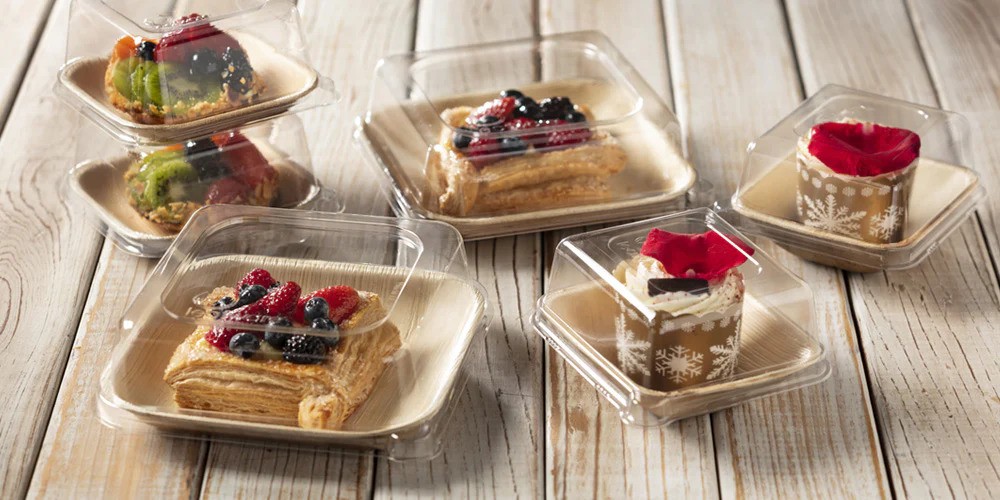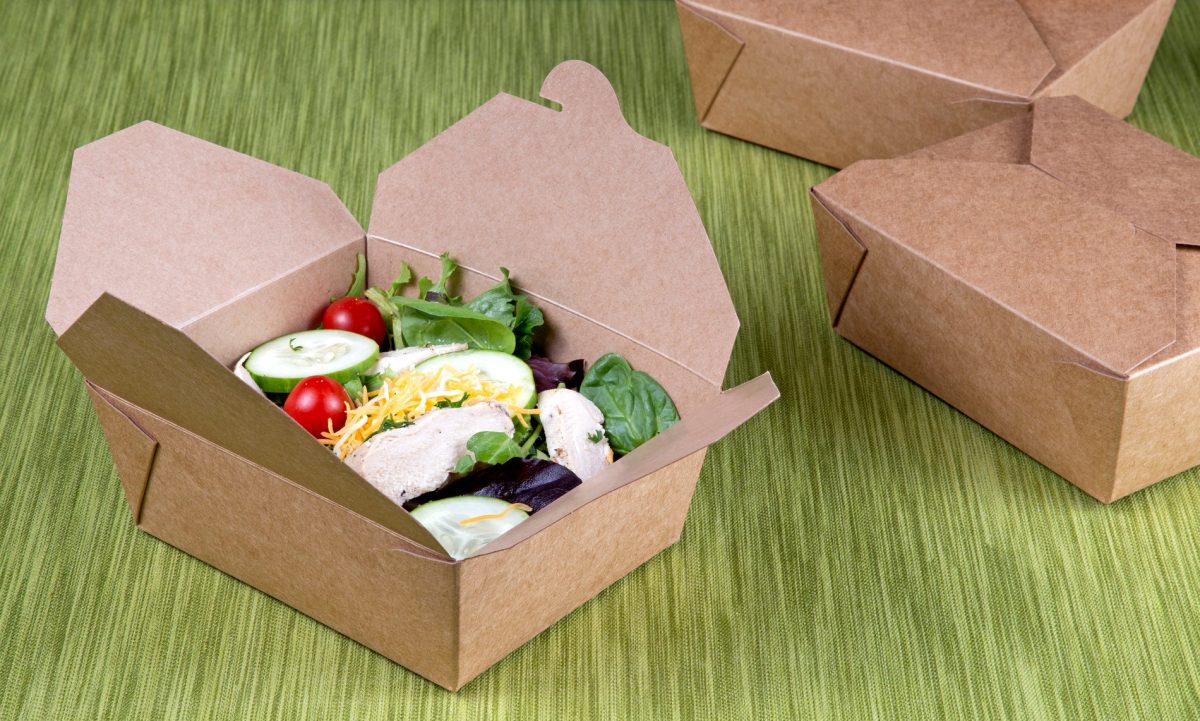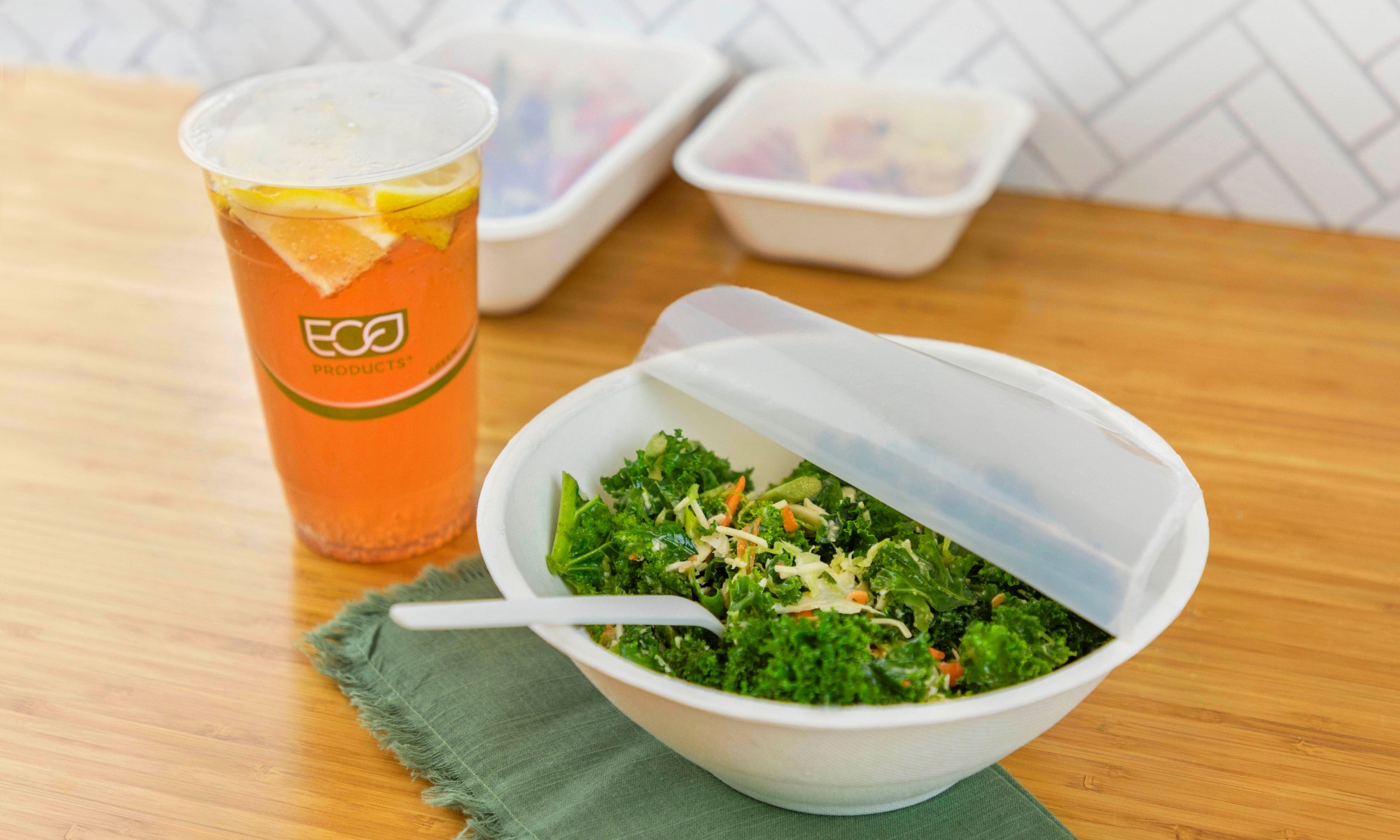U.S. consumers are under pressure on several fronts, and price, convenience, and quality remain their top concerns. However, a 2023 McKinsey report found that 43% of people are looking beyond these concerns. They say that the environmental impact of packaging is still extremely or very important when making purchasing decisions.
Interestingly for retailers, up to 7% of consumers are willing to pay a 10% or greater premium for sustainable packaging. As the number of consumers looking for environmentally friendly packaging options is likely to rise, it’s important for businesses to incorporate this into their medium to long-term plans.
Compostable packaging for food is an established niche in the sustainable packaging category. Let’s take a closer look at its development and why it could be a good option for your business.
History of Compostable Food Packaging Materials
The importance of composting began to be understood in the 1960s. By the 1970s, the U.S. had established more composting facilities, which had grown to over 8,000 by the 2010s. As appreciation for the benefits of composting grew, so did demand for compostable materials for food service.
Introduction of Mandates
In 2007, San Francisco banned the use of Styrofoam to-go containers. From this point on, only recyclable or compostable containers could be used. Since then, many other cities have followed this example, increasing the demand for sustainable food packaging materials.
The Picture Today
In 2023, a multi-country survey by McKinsey found that in most parts of the world, consumers prefer compostable and plant-based packaging. They perceive this as the most sustainable option, making it attractive for businesses looking to flex their eco credentials.
Defining Compostable Packaging
Compostable food packaging has a pretty specific definition. It is made from natural materials and can decompose after use. However, for this to happen, it needs to be composted in a controlled, man-made environment.
Municipal composting facilities create the right mix of oxygen and drainage to produce optimal conditions for this packaging to decompose. The need for human intervention is what makes compostable food packaging materials different from natural products like fruit and vegetables that will decompose on their own.
What Is It Made From?
Compostable packaging can be made from a variety of plant materials. The most common are:
- Sugarcane bagasse
- Cornstarch
- Cellulose molded fiber
Corn and sugarcane can be made into PLA products. This is similar to plastic and will break down under the right conditions.
Rather than making something new, some companies also repurpose leaves to make sustainable containers. These can be paired with PLA lids to make them fully compostable.
Why Compostables Are Catching On
One reason disposable compostables are popular with consumers is that they require very little change in behavior on their part. All they need to do is put them in the correct trash can to ensure they head off to a composting facility. They can still enjoy takeout food without the guilt of single-use plastics.
Reduce Landfill Refuse
Anything that reduces the amount of waste going to landfills is a good thing. Food packaging materials and food scraps make up a large percentage of the items we send to landfill each day. When compostable food packaging materials are correctly disposed of, they have the potential to divert a huge amount of waste from being buried in the earth.
Creates a Useful Byproduct
Compost produced by decomposing food packaging can be used to return much-needed nutrients to the earth. It helps promote plant growth, fortify the soil, reduce erosion, and conserve water. Compost can also reduce our dependence on chemical fertilizers.
As long as compostable packaging reaches the correct facilities, it’s a win-win situation.
A More Sustainable Option
Unlike fossil fuels that are finite, we can continue to grow corn, sugarcane, and other plants indefinitely. Producing compostable food packaging also uses less energy than making traditional packaging materials, such as plastics.
Why Landfill Isn’t The Answer For Compostables
It’s easy to think that as long as compostable takeout food containers end up in landfills, they’ll break down anyway. However, that’s not the case.
The conditions in landfills are not designed for composting. Even natural materials, such as food scraps and grass trimmings, do not break down in a helpful way in landfills. Instead, they decompose anaerobically – without oxygen.
Rather than producing compost that can be used to return nutrients to the ground, landfills release methane. The EPA reports that in 2021, landfills were responsible for 14% of all methane emissions, and food waste made up 58% of these emissions.
Clearly, businesses need to do more than simply switch to compostable food packaging materials. They also need to educate consumers about how to maximize the potential of compostable food packaging.
It’s vital to dispose of it in dedicated composting facilities so that it can break down as intended. However, when disposed of properly, it has the potential to be significantly more sustainable than other food packaging options.
BPI Certification for Sustainable Packaging
Any company offering compostable packaging for food needs BPI certification. BPI provides third-party verification for compostable products across North America.
BPI subjects packaging to rigorous tests to prove it is truly compostable. The BPI mark signals to consumers that they can safely dispose of these items in a compost or organics bin. It’s a crucial way to build confidence in your consumers that the packaging you offer is sustainable.
You should be very suspicious of anyone who claims to offer sustainable food packaging options but cannot show their BPI certification.
Time to Switch to Compostable Packaging for Food
Switching to compostable packaging for your food service business gives you a chance to set yourself apart from your competitors. You can boost your eco-credentials, appealing to customers who care deeply about the planet but still want to eat takeout.
At Hode Group Inc. we are proud to supply a wide range of plant-based, compostable packaging for food. Costs for our compostable options are comparable to those of our regular products. It needn’t cost the earth to support the earth.
Why not request more information and see for yourself how our sustainable packaging delivers on quality while supporting the environment?



